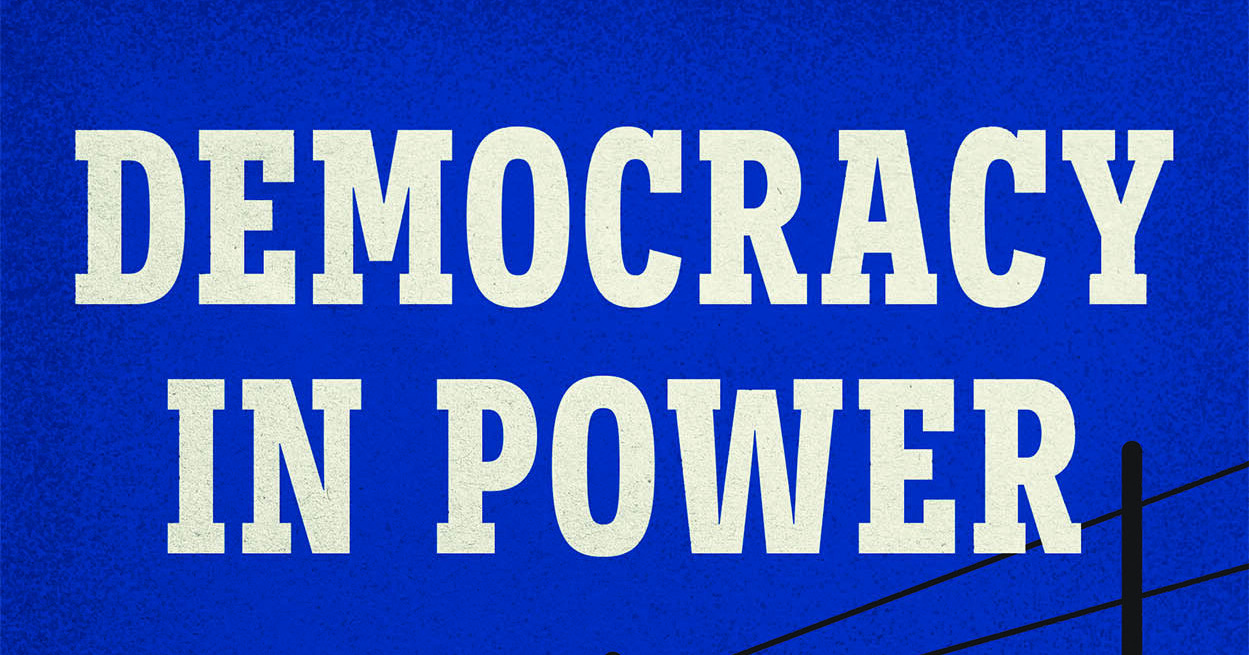Public ownership has long been a rallying cry for many on the left. Historically, that cry typically focused on the means of production of commodities—for what was capitalism if not a social form organized around private ownership of those means? But in recent times the left’s calls for public ownership have more commonly centered on the means of social reproduction. Water, gas and electricity, land and housing, transportation networks and services. It is these infrastructures that the left today widely insists should remain in, or be brought (back) under, public ownership; and as more and more of the relevant infrastructures have been privatized, the louder the calls for public ownership have become.
Strikingly, the justifications for public ownership articulated by its advocates tend to be predominantly negative ones. The antagonist is drawn in bold, sharp lines: namely, capitalist firms who are more interested in wringing profits out of customers than in offering decent services at decent rates while making infrastructures shipshape for a climate-stressed future. But the positive case? This is usually considerably hazier. Certainly, it is obvious in outline—public ownership—but there is frequently much less detail about how it might be achieved, what it would look like in practice and, most importantly of all, why exactly we should favor it. If “extractivism” is what we specifically denounce in private ownership, what specifically do we value in its public counterpart? Why, in short, champion it?


